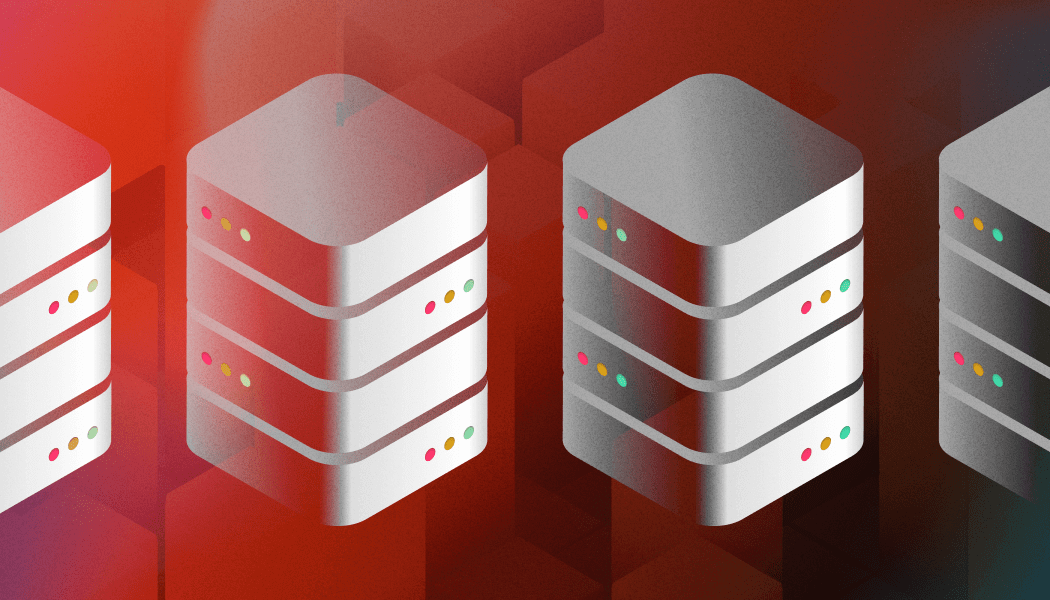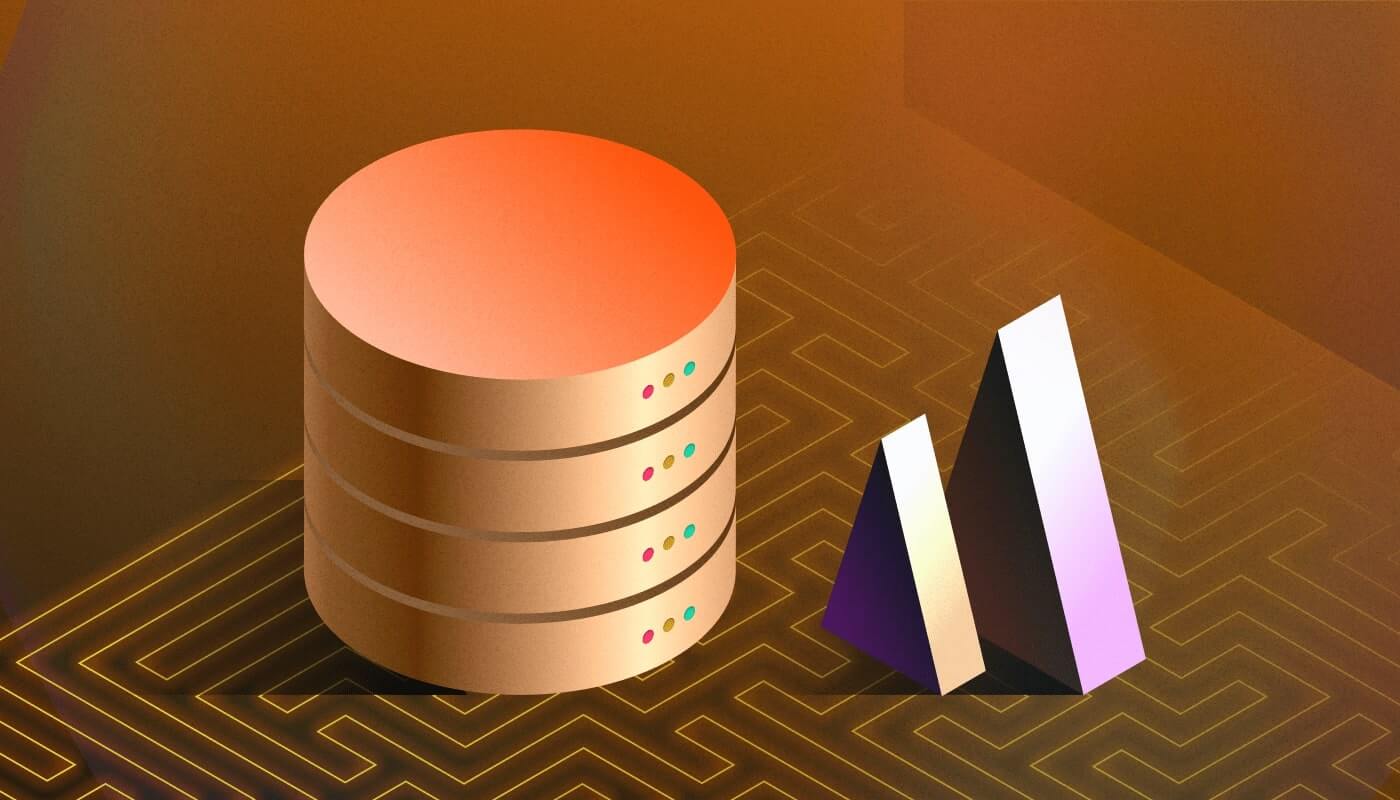
PostgreSQL vs. MySQL: a quick guide to choosing one
PostgreSQL and MySQL are two of the most popular choices among developers and businesses. Both have their strengths, making them suitable for different types of projects. In this article, we'll compare PostgreSQL and MySQL, exploring their key features, differences, and use cases.
PostgreSQL overview
PostgreSQL, also known as Postgres, has been here since 1986. Originating from the POSTGRES project at the University of California, Berkeley, now PostgreSQL is widely known as an open-source database that prides itself on standards compliance and extensibility.

Key features:
- ACID compliance ensures reliable transactions and data integrity.
- Supports advanced data types like JSON, XML, and arrays, making it ideal for complex applications.
- Allows users to create custom functions, and it supports procedural languages like PL/pgSQL, Python, and others.
- Supports Unicode, international character sets, and multi-byte character encoding
- Highly scalable and can operate with many concurrent users and data.
- As a cross-platform system, PostgreSQL runs on many operating systems, including Linux, Microsoft Windows, OSX, FreeBSD, and Solaris.
- Support diverse data types such as arrays, store (for key-value pairs), JSON/JSONB, and PostGIS.
PostgreSQL use cases
PotgreSQL is favored in scenarios that require complex queries, data warehousing, and applications that require high reliability and standards compliance. This database is most commonly used for the following:
- Financial services;
- Government;
- Scientific research;
- Telecommunications;
- Healthcare and Life Sciences;
- IoT.
MySQL overview
MySQL was developed in the mid-1990s and pretty quickly became one of the most popular databases favored for its simplicity and speed. Acquired by Sun Microsystems in 2008 and later by Oracle Corporation, MySQL remains the leading database, particularly for web applications. MySQL powers many of the world's largest websites, including Facebook and Twitter.

Key features:
- High performance, ease of use, and large community support.
- Supports replication and clustering, beneficial for scaling apps.
- Follows a client/server architecture.
- It is well-suited for many operating systems, including Novell NetWare, Windows Linux, and many varieties of UNIX.
- Offers dual password support.
- Supports a lot of SQL standard data types, including numeric, date and time, string types, spatial types, and JSON.
- A flexible and secure privilege and password system allows for host-based authentication.
MySQL use cases
MySQL is often the go-to choice for web applications, CMSs, and other environments where speed and reliability are crucial, but the complexity of queries is manageable. It is most used in the following domains:
- E-commerce;
- Social platforms;
- Content management;
- SaaS and ISVs;
- On-premises applications with MySQL Enterprise Edition.
Key differences between PostgreSQL and MySQL
- Data integrity and ACID compliance: PostgreSQL offers full ACID compliance out of the box, ensuring reliable transactions and data integrity. MySQL also supports ACID compliance, but it will depend on the storage engine used, where InnoDB is the most common for ACID-compliant operations.
- Performance: performance with both databases depends on the workload. MySQL usually works best with read-heavy operations, so it's best for apps with a high number of read queries. PostgreSQL, will best suit for write-heavy operations and complex queries, because of its advanced indexing and optimization capabilities.
- Extensibility: PostgreSQL is favored with its high level of extensibility, so it allows customers to build custom data types, operators, and functions. It also supports a wide range of extensions adding in functionality, such as PostGIS for geographic data. MySQL, being also pretty extensible, offers less customization options.
- SQL Compliance: PostgreSQL is renowned for its adherence to SQL standards, making it one of the most SQL-compliant databases available. MySQL is also compliant but comes with some deviations from the standard, particularly in areas like its handling of NULL values and data types.
- Community and support: Both databases have active and large communities. PostgreSQL is open-source, so it relies heavily on community contributions and documentation. MySQL, being in Oracle's stewardship, offers both community and commercial support options.
PostgreSQL GUI tools
PostgreSQL provides a diverse range of GUI tools that are tailored to different needs. One of the most popular and robust is UI Bakery, which is widely used for managing PostgreSQL databases. UI Bakery, as a PostgreSQL GUI, is web-based, requires no downloads, offers a free trial, and offers pre-made templates for a quick project set up in a few clicks.
Another notable tool is pgAdmin, which offers an extensive range of features, including a query editor, data import/export tools, and server monitoring. Navicat for PostgreSQL can also be considered. It is well-known for its ease of use and comprehensive feature set, so it suits both beginners and advanced users.
MySQL GUI Tools
MySQL also has a rich ecosystem of GUI tools. The first option will be its native MySQL Workbench. This GUI for MySQL offers a visual data modeling environment, SQL development, and comprehensive administration tools.
Like PostgreSQL, MySQL can also be managed through UI Bakery's rich template selection. Like UI Bakery, phpMyAdminis favored in web development environments because of its web-based interface.
Conclusion
Choosing between PostgreSQL and MySQL depends largely on your specific project requirements. PostgreSQL is the go-to choice for complex queries, full SQL compliance, and extensibility, while MySQL shines in speed, simplicity, and community support.
Regardless of your choice, tools like UI Bakery can greatly enhance your experience with both PostgreSQL and MySQL, providing powerful features for database management, application development, and data visualization.




